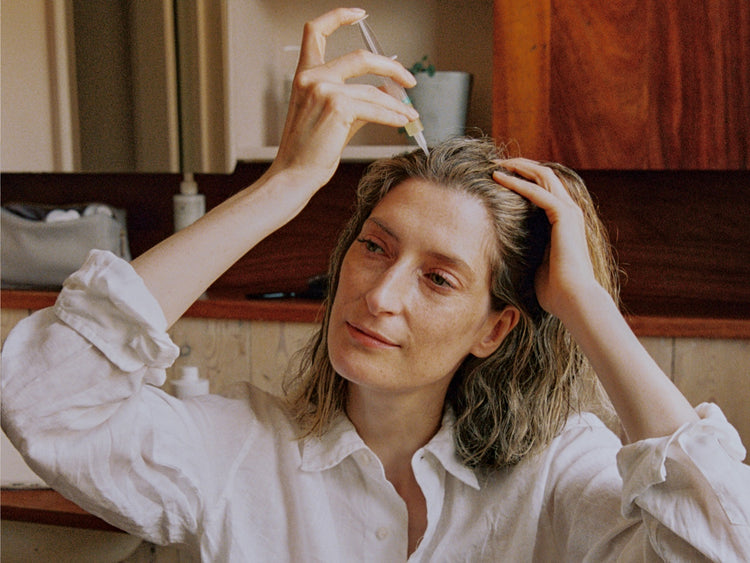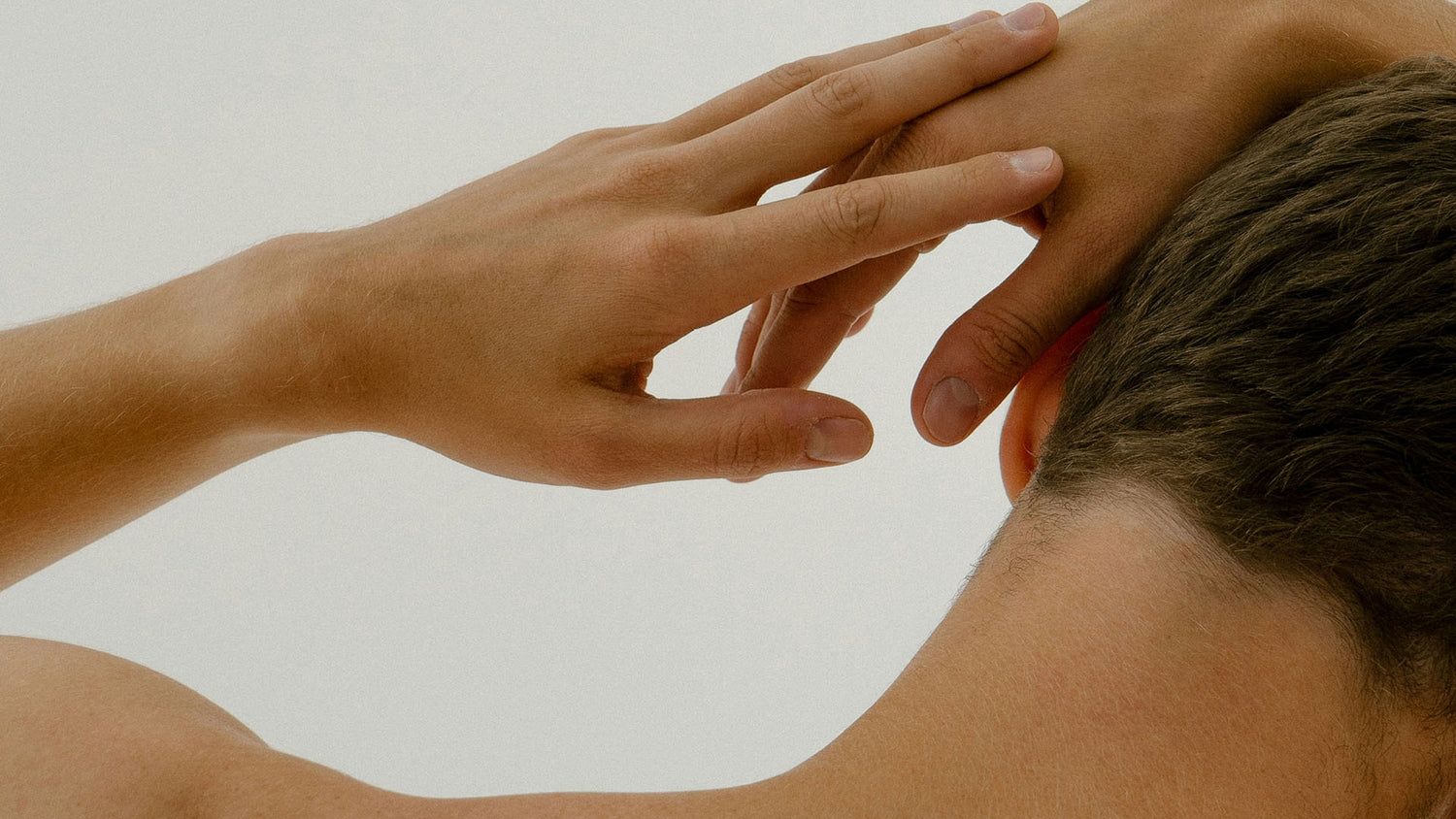People of all ages and genders can experience hair thinning, and it’s much more common than you might believe. The tricky thing about hair loss and thinning is that it always begins long before you notice – we’re talking years. It's important to know how to identify if you’re losing hair, but it’s also crucial to note that early adoption of a simple, effective scalp care routine can ensure you’re creating the optimal conditions for strong, full, healthy hair growth.
What causes hair thinning?
Hormones, genetics, nutritional deficiencies, stress, lifestyle, and various other factors can play a part in hair thinning and loss. Sometimes it’s temporary but often it’s a progressive condition that will worsen over time. Learning to spot the first signs is key to understanding what you can do about it. You can read more about common causes of hair thinning in these articles focused on cisgender men and cis women.
Six signs of possible hair thinning:
While everybody’s experience with hair thinning is different, these are some common signs to keep an eye out for.
- Widening part
Noticing that your part seems wider than it used to – that there’s more scalp visible and the hair seems further apart – is an easy way to tell if you’re losing density in that area.
- Receding hairline at forehead and temples
Particularly common in cisgender men, an M-shaped receding hairline and the appearance of more forehead than before can signal thinning. Also typical – especially in cis women – is the emergence of so-called “baby hairs” at the temples.
- Seeing more scalp through hair
Some people notice this when they put their hair back into a ponytail. There are often larger sections of skin visible through the hair – perhaps at the temples or the sides of the scalp, which is a typical hair thinning pattern but also where tension occurs when hair is regularly worn in pulled-back styles.
- Thinner ponytail
Your hair could be gradually losing overall density if your ponytail looks and feels thinner or your braids and twists aren’t as thick and full as they used to be.
- Changes in hair quality and texture
Sometimes it’s the ends and lengths of your hair that provide the clue that you’re experiencing thinning. Look out for changes you can’t account for, such as strands that feel more fragile, brittle and wispy, or look increasingly frizzy and less defined than they used to.
- Excessive shedding
On average, we lose between 50 and 100 individual hairs each day, so more than that can be cause for concern. Of course, nobody is counting each individual lost strand, but if you’re noticing more hair in your brush and shower, on your pillow or clothes, it could be a sign of thinning.
What to do next:
The most important thing to do is to take action rather than worry. If you’re concerned about the density, fullness, strength and health of your hair, book a virtual or in-clinic consultation so one of our extensively trained Hair Specialists can expertly assess your scalp and hair health.

Unsure where to start?
We only accept candidates who we believe we can help, which is why our online Hair Assessment is the best place to start. Based on your results, you will either qualify for immediate treatment or we will organize a consultation.






